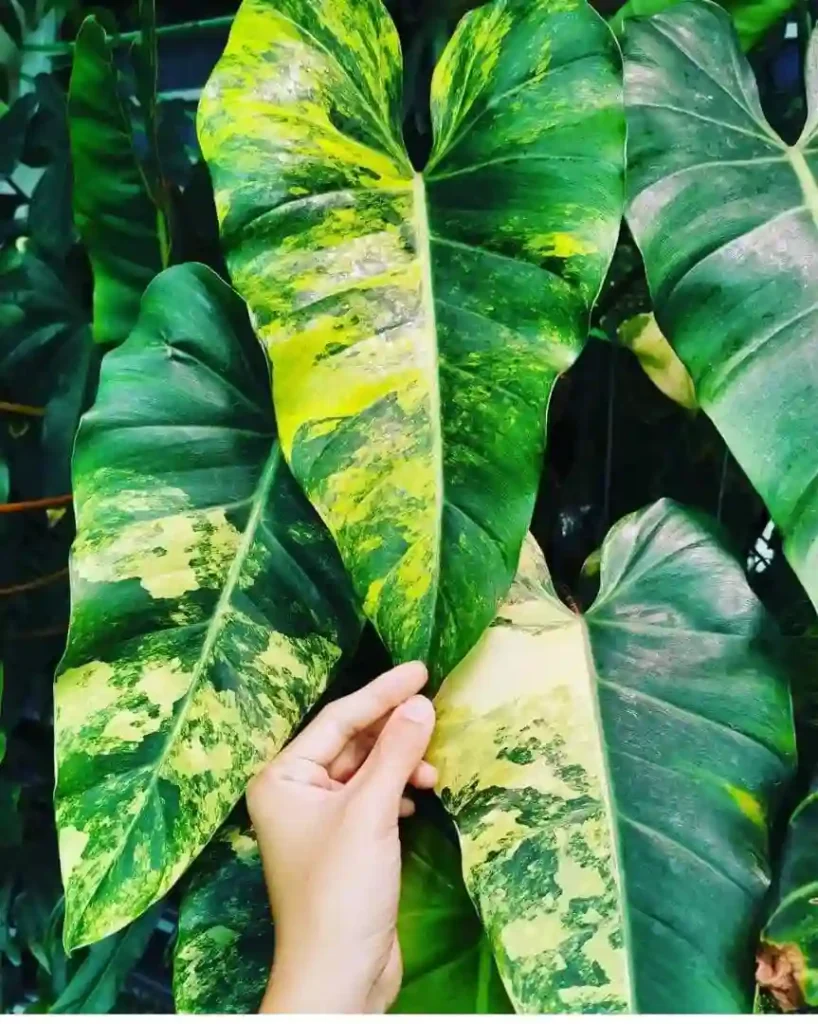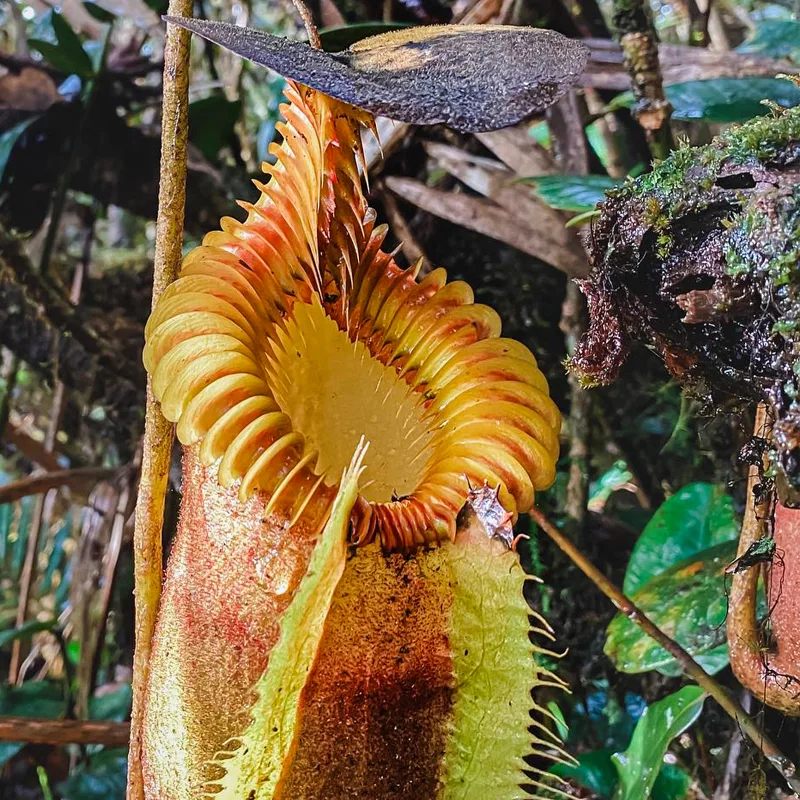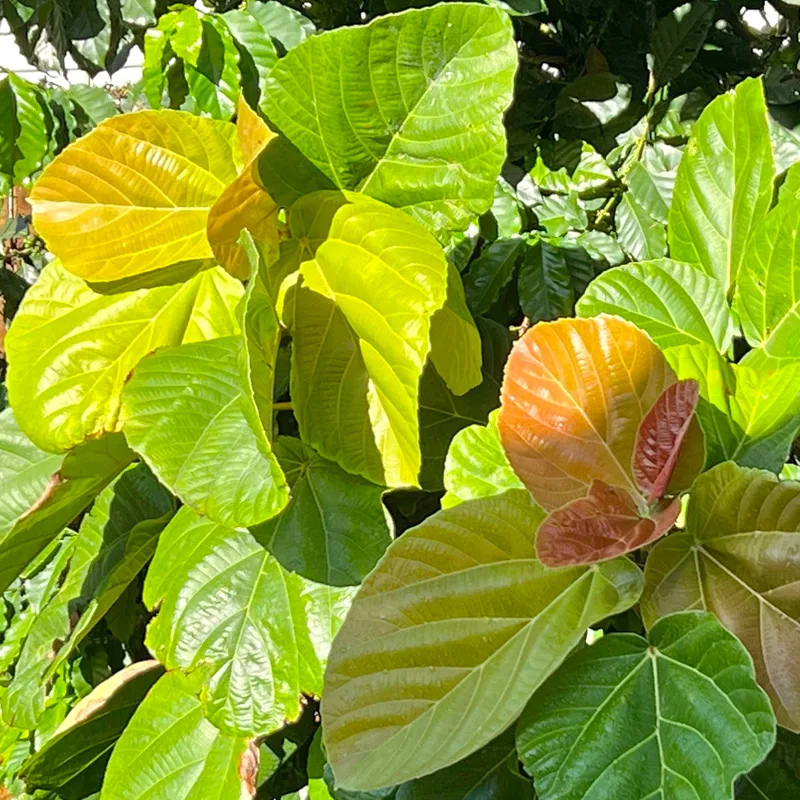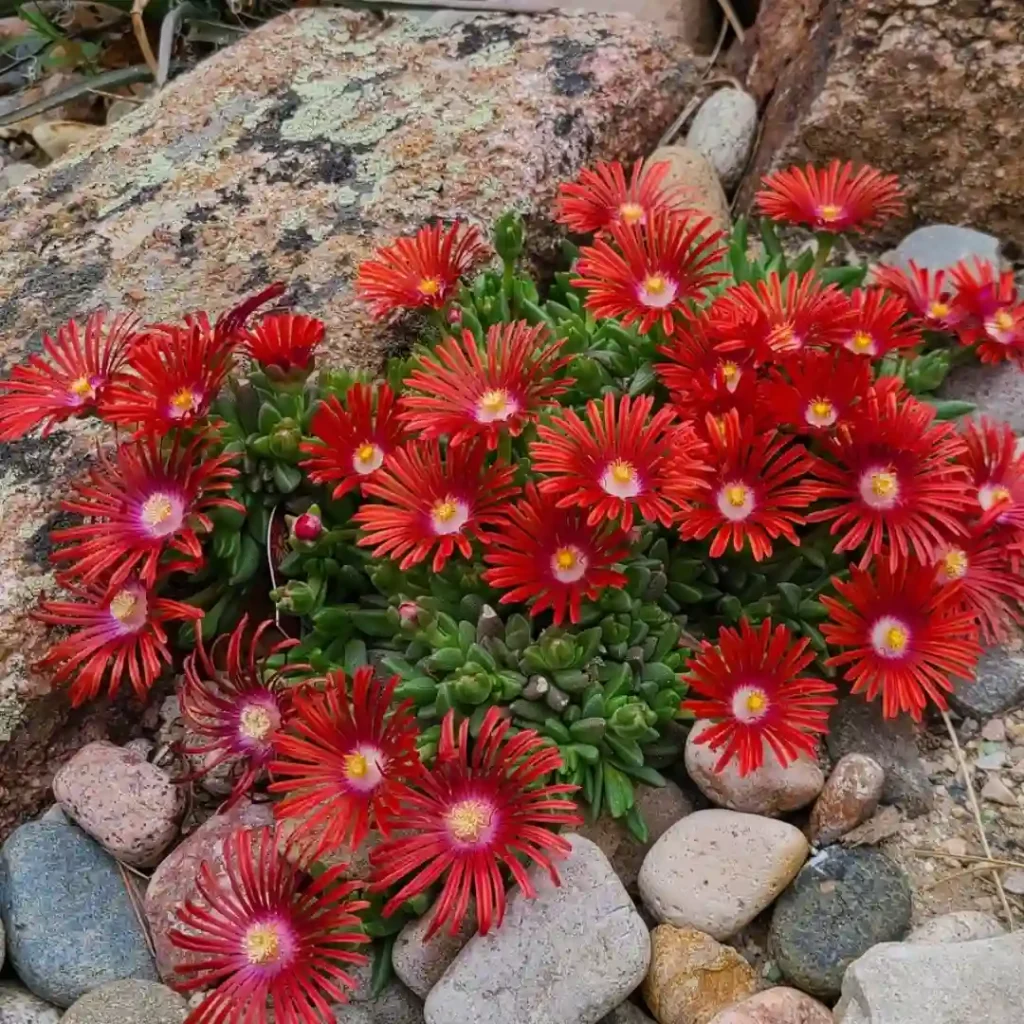FAQs About Dischidia Nummularia
Dischidia Nummularia, commonly known as the “String of Nickels”, is a fascinating plant that I’ve found to be a wonderful addition to my collection of epiphytic plants. Its unique round leaves and trailing growth make it a striking visual when hung in baskets or mounted on driftwood. Below, I’ll address some frequently asked questions (FAQs) about Dischidia Nummularia based on my own experiences and research.
128 Species in Genus Dischidia
What is Dischidia Nummularia?
Dischidia Nummularia is a small, epiphytic plant native to Southeast Asia. It’s called the “String of Nickels” due to its round, coin-like leaves that grow along thin stems. In nature, this plant typically grows on trees, relying on moisture in the air. Its waxy leaves help it retain water, making it relatively low-maintenance compared to other houseplants.
How to Care for Dischidia Nummularia?
Light
One of the most important aspects of caring for Dischidia Nummularia is providing the right light. This plant thrives in bright, indirect sunlight. I’ve found that it can tolerate some early morning sun, but it’s best to avoid harsh, direct afternoon light, which can scorch the leaves.
Watering
When it comes to watering, I usually water Dischidia Nummularia once every week or two. The key is to let the top of the growing medium dry out between waterings. If you overwater, you risk root rot, which can be fatal. However, it also doesn’t appreciate being bone dry for too long. Keep an eye on its leaves—if they start to wrinkle, it’s a sign that it needs more water.
Humidity
Since this plant is an epiphyte, it enjoys higher humidity levels, around 50-60%. Misting the leaves or placing it near a humidifier works well, especially during drier months.
Soil
A well-draining mix is essential. I use an orchid or succulent mix, which provides good aeration and prevents water from sitting around the roots.
Temperature
Dischidia Nummularia enjoys temperatures between 60°F and 80°F. It’s important to avoid exposing it to temperatures below 50°F, as this could lead to stress and damage.
How Often Do I Water Dischidia Nummularia?
As I mentioned earlier, I water my Dischidia Nummularia about once every week or two, depending on the season and how fast the soil dries out. During the warmer months, you may need to water more often. I always make sure that the potting medium is well-draining, as sitting in water for too long can harm the plant. A good rule of thumb: water when the top inch of the soil is dry.
How to Propagate Dischidia Nummularia?
Propagating Dischidia Nummularia is surprisingly simple. You can propagate this plant via stem cuttings. Here’s how I do it:
- Take a cutting: Cut a healthy, 3-4 inch piece of stem with at least a few nodes.
- Let it callous: Allow the cut end to dry and callous over for a day or two to prevent rot.
- Plant in the right medium: I typically place the cutting in a well-draining potting mix, ensuring that the nodes are slightly buried.
- Water sparingly: Keep the soil lightly moist but not soggy. In a few weeks, you should start to see new growth.
I’ve had the best success when I propagate during the spring or summer, as warmer temperatures encourage faster rooting.
Can You Grow Dischidia Nummularia Indoors?
Yes! Dischidia Nummularia is an excellent indoor plant. Its small size and trailing growth make it perfect for hanging planters or mounted displays. Just ensure it receives plenty of bright, indirect light, and the indoor environment maintains sufficient humidity. I keep mine near a bright window but shield it from direct sunlight, which can cause leaf burn.
Is Dischidia Nummularia Toxic?
One of the benefits of Dischidia Nummularia is that it’s non-toxic to pets and humans. This makes it an excellent choice for homes with curious pets or children.
What to Plant with Dischidia Nummularia?
If you’re looking for companion plants for Dischidia Nummularia, try pairing it with other epiphytic plants like Tillandsia or Hoya species. They have similar care requirements, particularly in terms of light and water needs, and look visually harmonious together. I love mounting my Dischidia Nummularia alongside other air plants to create a lush, living display.
Common Problems with Dischidia Nummularia
Overwatering
One of the most common issues with Dischidia Nummularia is overwatering. I’ve had my fair share of root rot in the past from being too generous with the watering can. The plant prefers to dry out between waterings, so always err on the side of caution.
Pests
While it’s relatively pest-free, I’ve occasionally dealt with mealybugs. If you notice these small, cottony pests, treat them with a gentle insecticidal soap or neem oil.
Leaf Yellowing
If you notice the leaves turning yellow, it could be a sign of overwatering, lack of light, or nutrient deficiency. Adjust the care routine accordingly, and it should bounce back.
Benefits of Dischidia Nummularia
Aside from its aesthetic appeal, one of the things I love about Dischidia Nummularia is that it’s a low-maintenance plant. It doesn’t demand constant attention, and its air-purifying qualities are a bonus for indoor environments. Plus, it’s a great plant for small spaces, thanks to its compact and trailing growth habit.
Dischidia Nummularia vs. Hoya Linearis
People sometimes confuse Dischidia Nummularia with Hoya Linearis due to their similar trailing habits. While both are epiphytic, the main difference lies in their leaves. Dischidia Nummularia has round, flat leaves, while Hoya Linearis has thin, needle-like leaves. In my experience, Dischidia Nummularia is also more forgiving in terms of care, particularly when it comes to watering.
Caring for Dischidia Nummularia has been a rewarding experience. Its unique look and relatively simple care make it a must-have for any plant lover, especially those who enjoy epiphytes. Whether you’re hanging it up in your home or mounting it on wood, this plant adds a touch of nature with minimal fuss.
If i die, water my plants!



